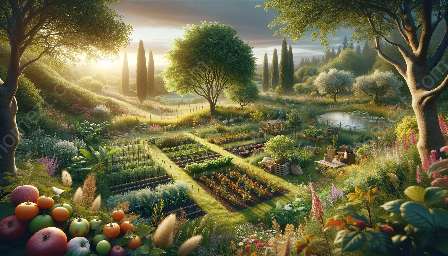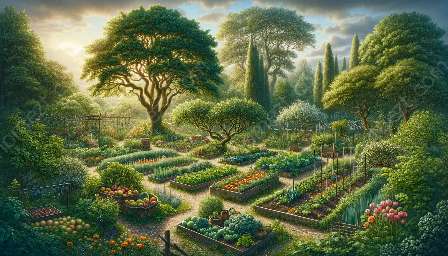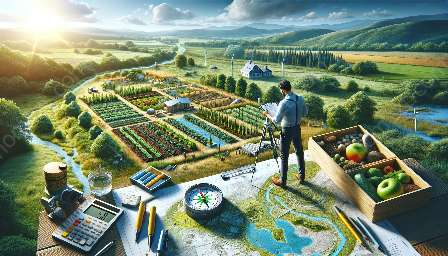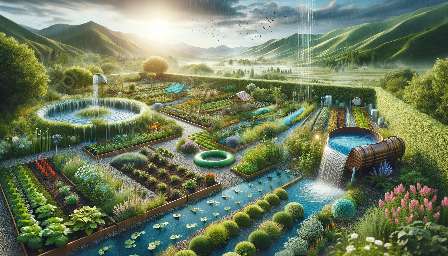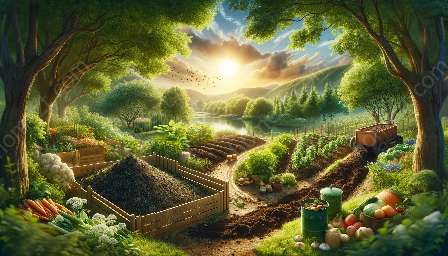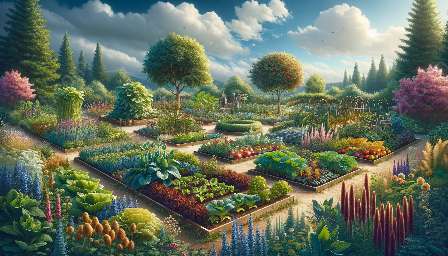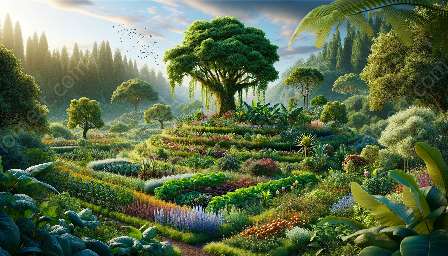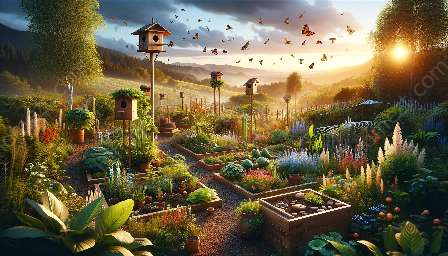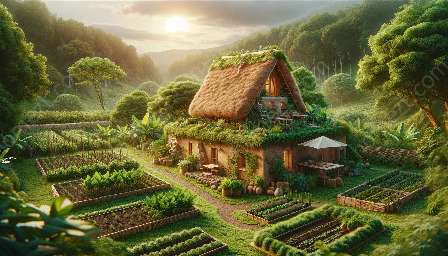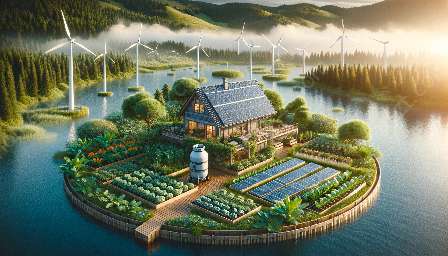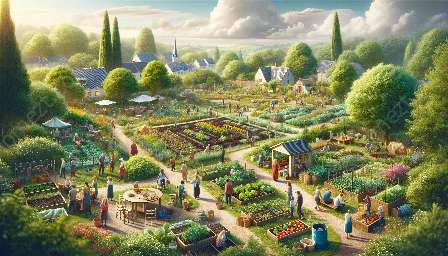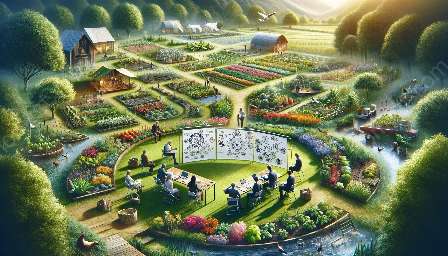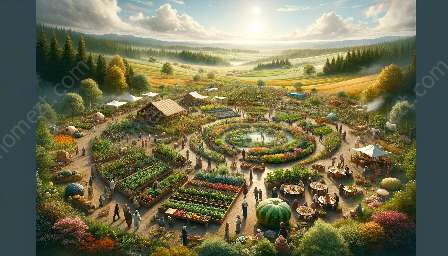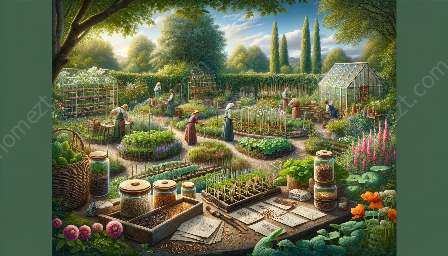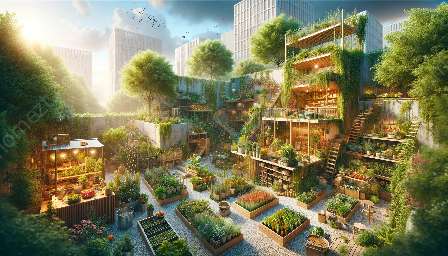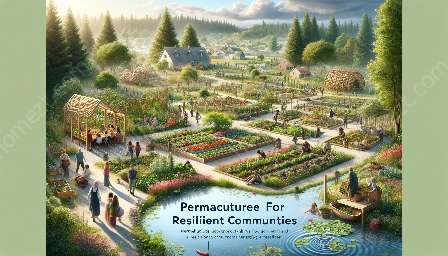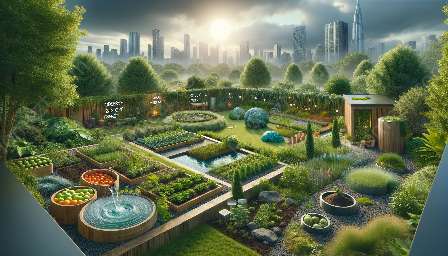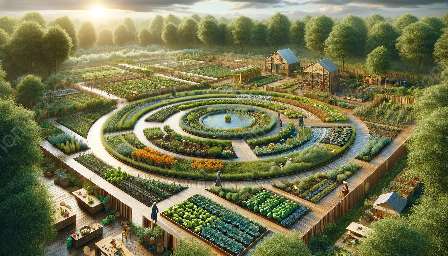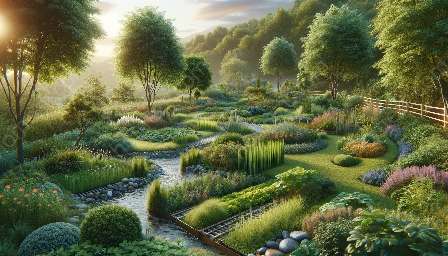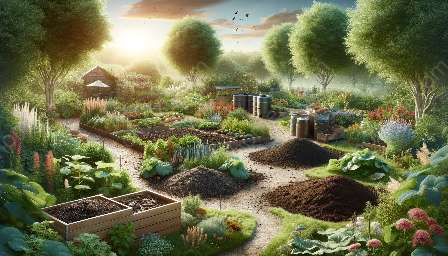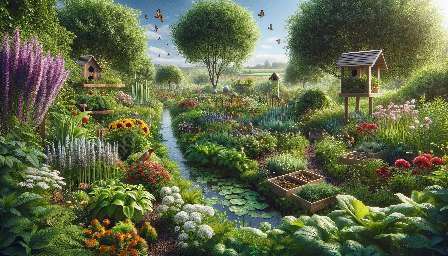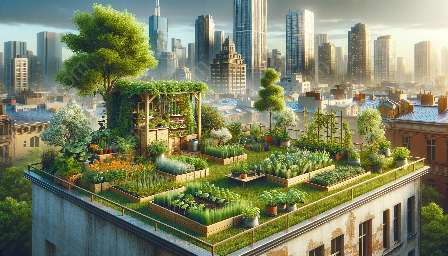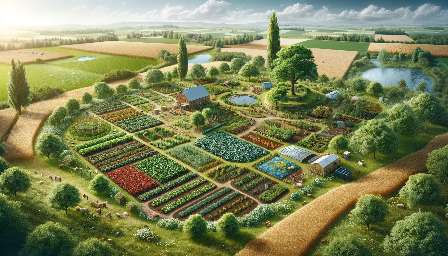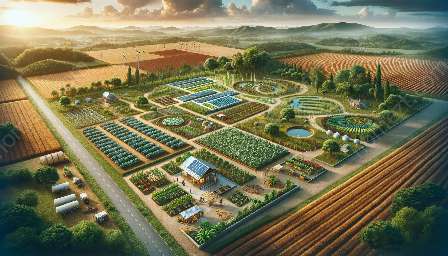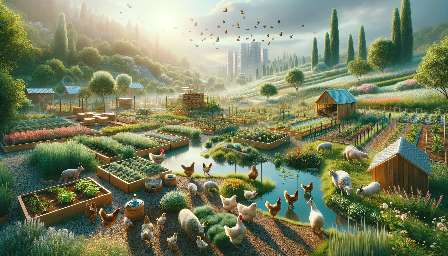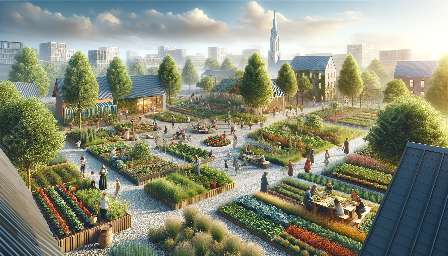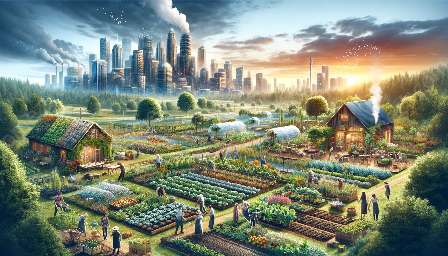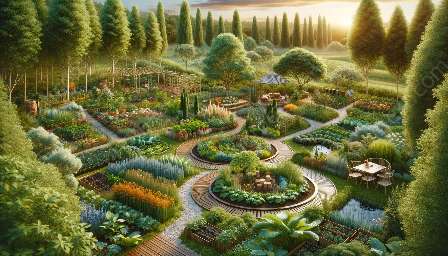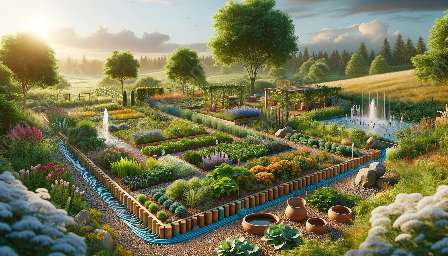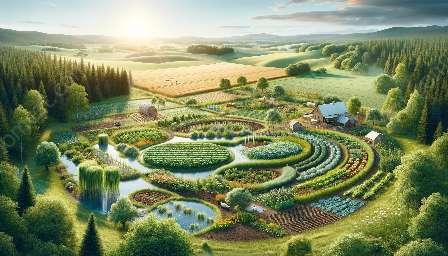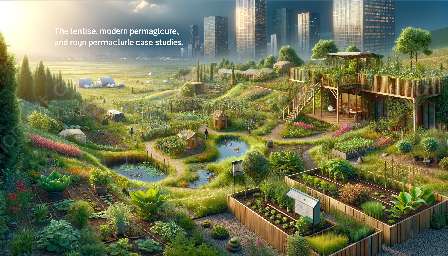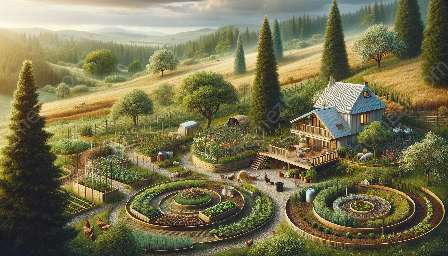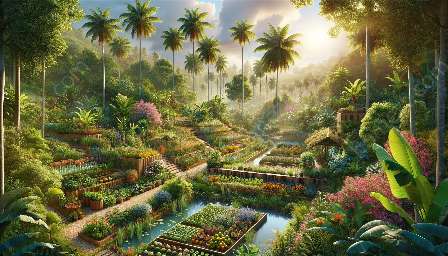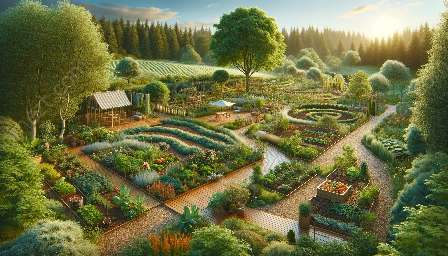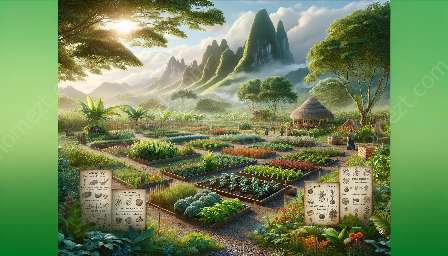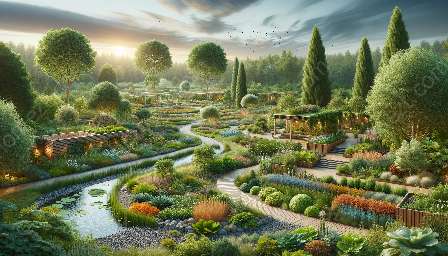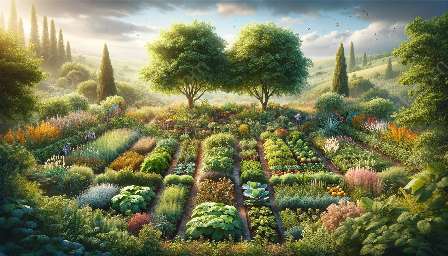Permaculture for Sustainable Agriculture
Permaculture is a holistic approach to sustainable agriculture that integrates the principles of natural ecosystems into food production, resource management, and land use. It offers a framework for designing and managing agricultural systems that are resilient, diverse, and productive, while also promoting ecological balance and social well-being.
The Principles of Permaculture
Central to the concept of permaculture are three core ethics: care for the earth, care for people, and fair share or reinvesting surplus. These ethics guide the design and implementation of permaculture systems, which are founded on a set of principles derived from observing natural patterns and processes.
- Observation and Interaction: Permaculture begins with closely observing and interacting with natural systems to understand their patterns and functions.
- Use and Value Renewable Resources and Services: Permaculture emphasizes the use of renewable resources, such as solar energy and rainwater, and the value of natural services, such as soil building and pollination.
- Integrate Rather than Segregate: Permaculture systems aim to create mutually beneficial relationships between different components, such as plants, animals, and structures, to achieve a harmonious whole.
- Apply Self-Regulation and Accept Feedback: Permaculture designs strive to maintain a balance and responsiveness to changing conditions, using feedback to continuously improve and adapt.
- Use and Value Diversity: Diversity is esteemed in permaculture, as it promotes resilience, stability, and multiple functions within a system.
- Produce No Waste: Permaculture systems seek to minimize waste and make use of all resources to their fullest potential, aiming for closed-loop efficiency.
Permaculture in Gardening and Landscaping
The principles and practices of permaculture can be applied to gardening and landscaping, offering a natural and sustainable approach to creating productive and beautiful outdoor spaces. By integrating permaculture into gardening and landscaping, individuals can design and maintain landscapes that not only provide food and habitat but also contribute to the health of the environment and the well-being of the community.
Key Features of Permaculture Gardening and Landscaping
Permaculture gardening and landscaping emphasize the following key features:
- Food Production: Utilizing organic gardening methods, polycultures, companion planting, and perennial food crops to create self-sustaining food systems.
- Water Management: Implementing water-saving techniques, such as rainwater harvesting, swales, and drought-tolerant plantings, to conserve and manage water resources efficiently.
- Soil Health: Focusing on building and maintaining healthy soil through practices like composting, mulching, and minimal soil disturbance.
- Biodiversity: Creating diverse and balanced ecosystems by incorporating native plants, wildlife habitats, and beneficial insect-attracting elements.
- Energy Efficiency: Designing landscapes to maximize energy efficiency through thoughtful placement of trees, buildings, and other elements for passive heating and cooling.
By applying permaculture principles to gardening and landscaping, individuals can work with nature to create regenerative and sustainable outdoor spaces that provide abundance while enriching the environment.

